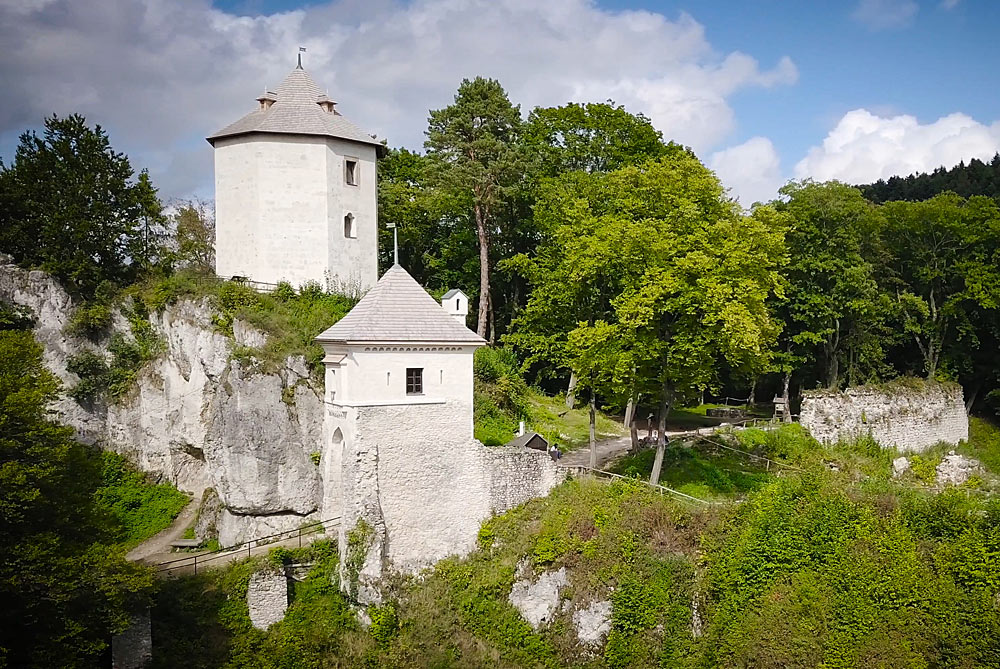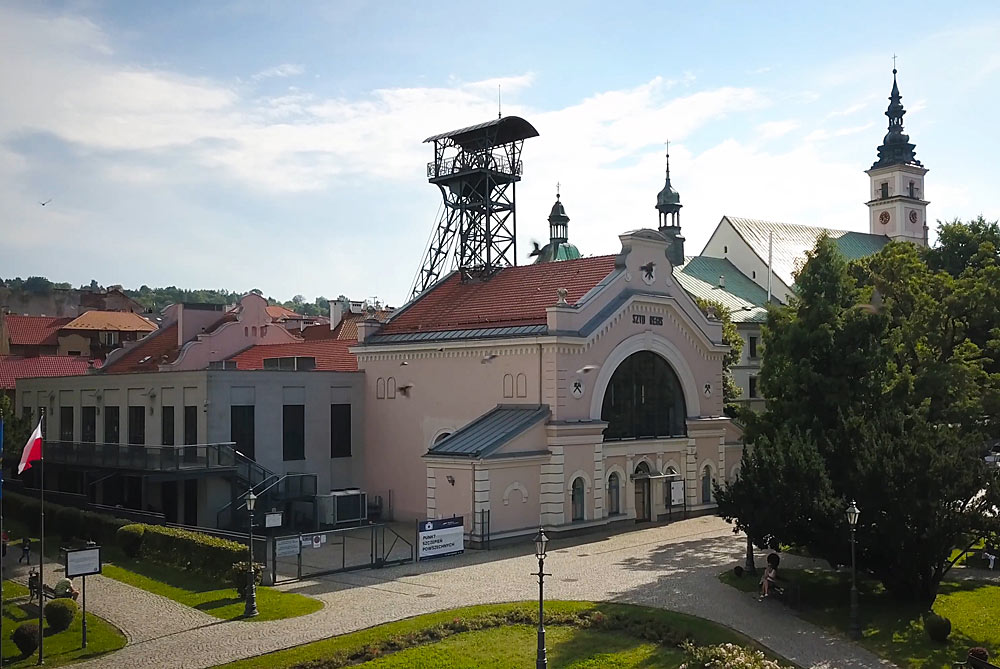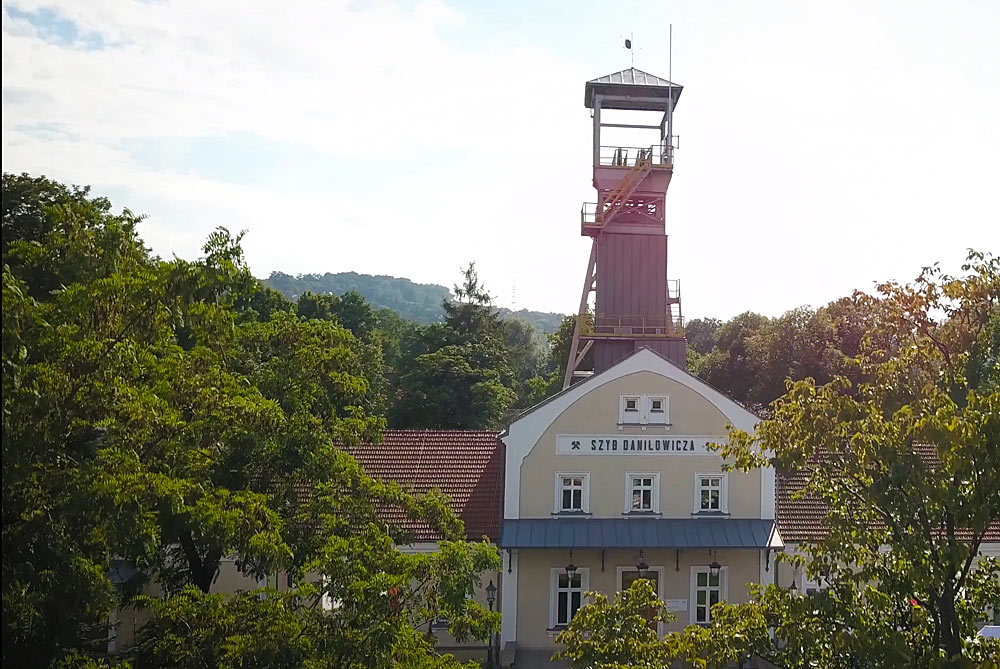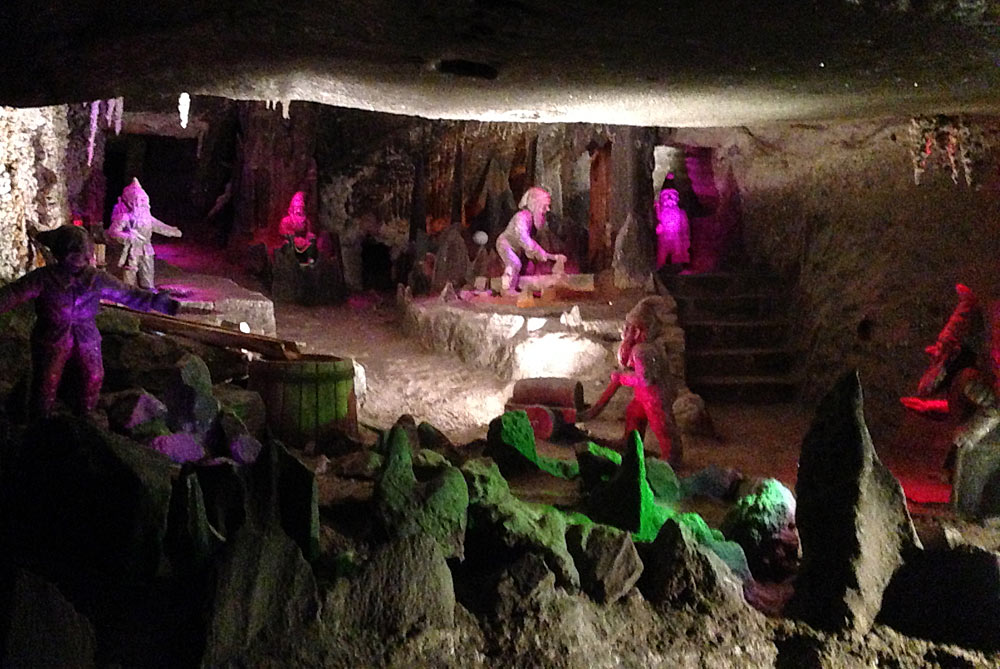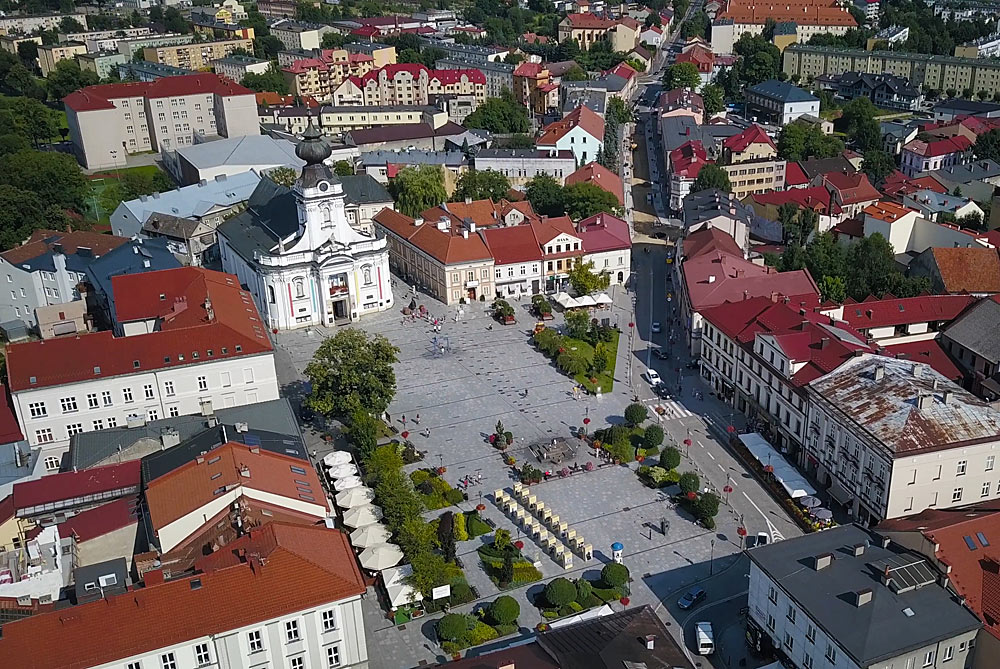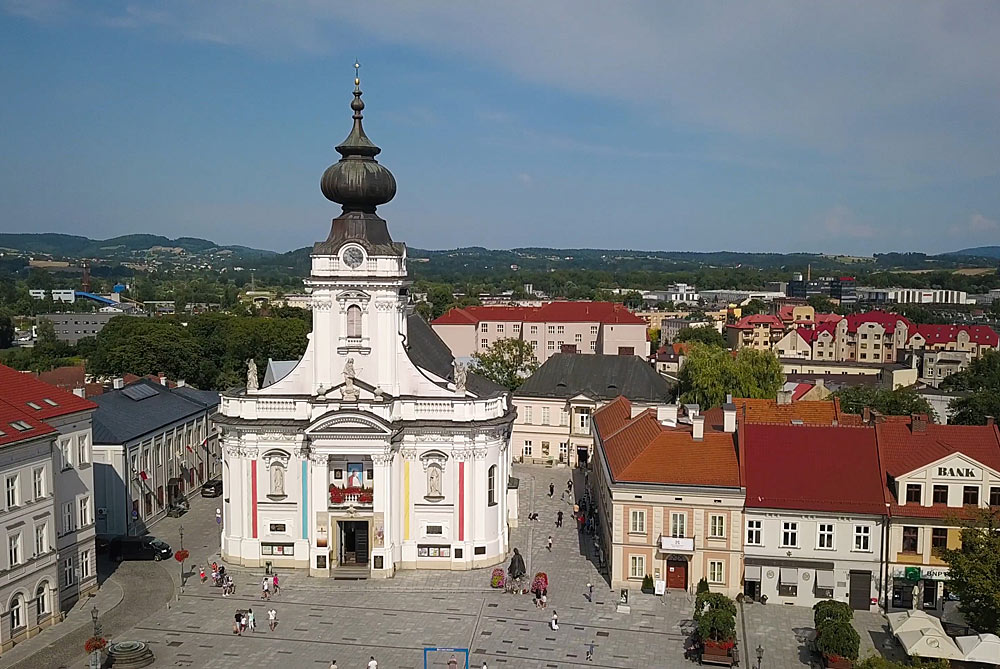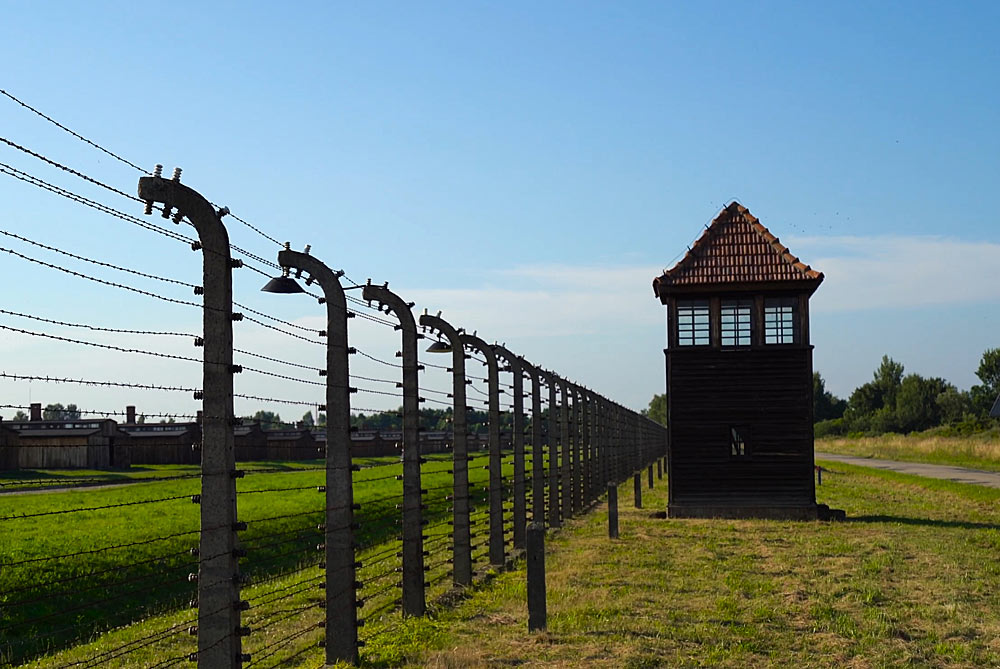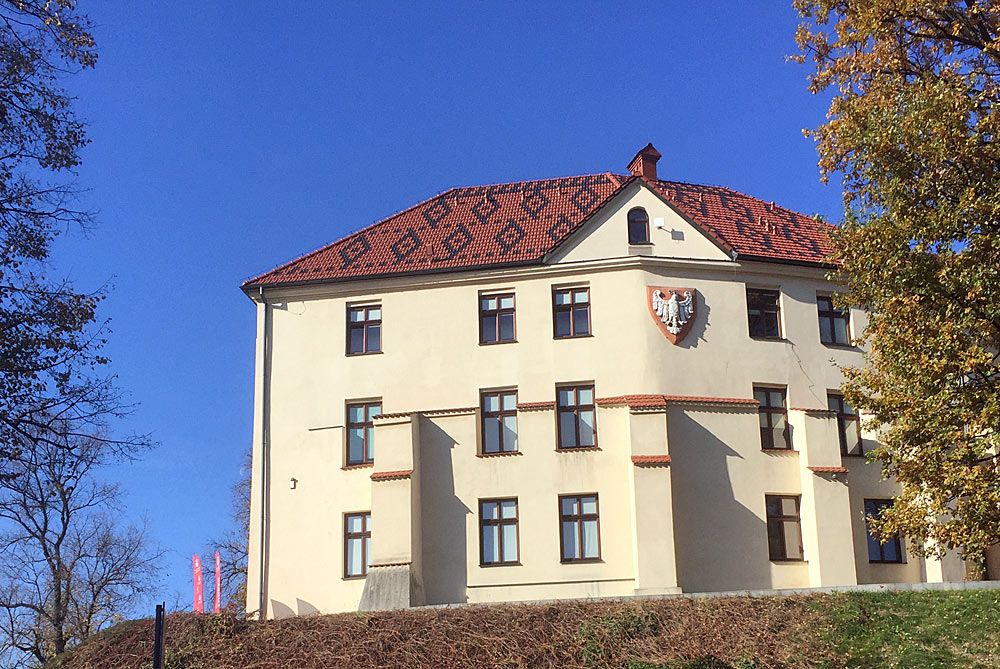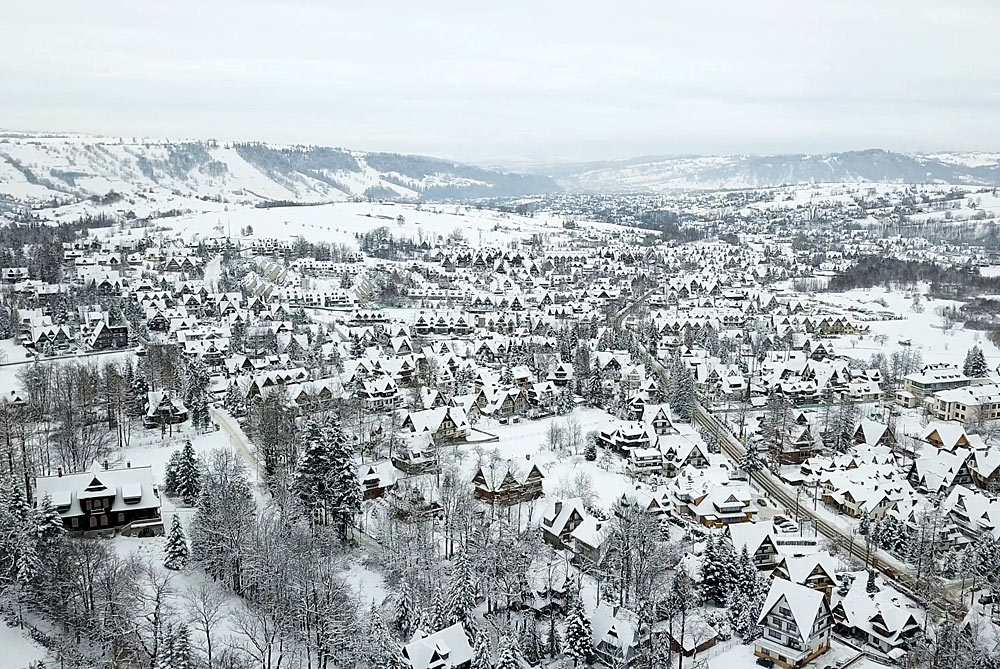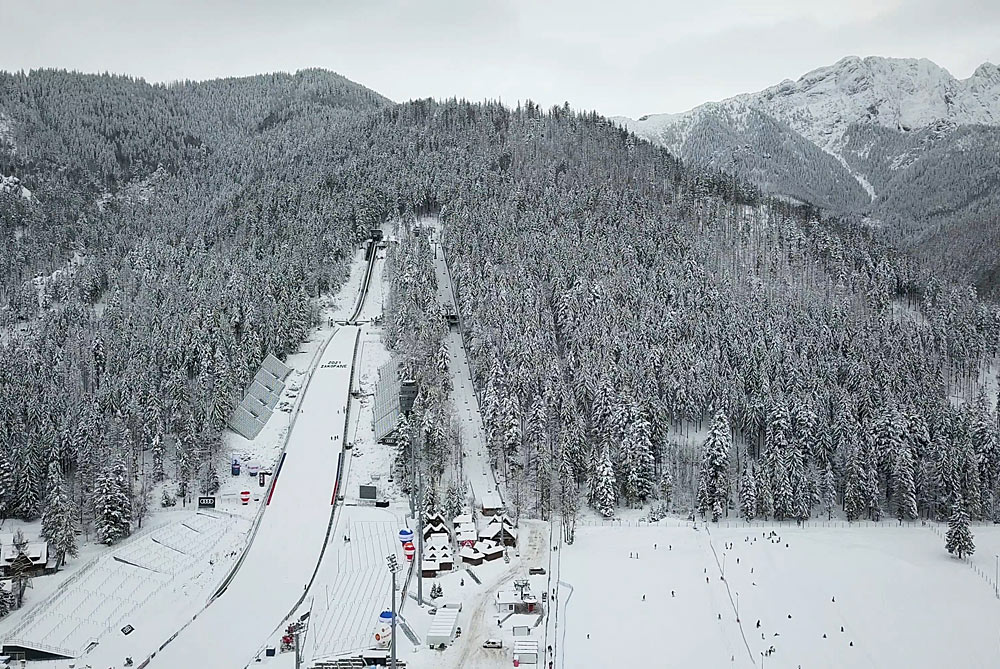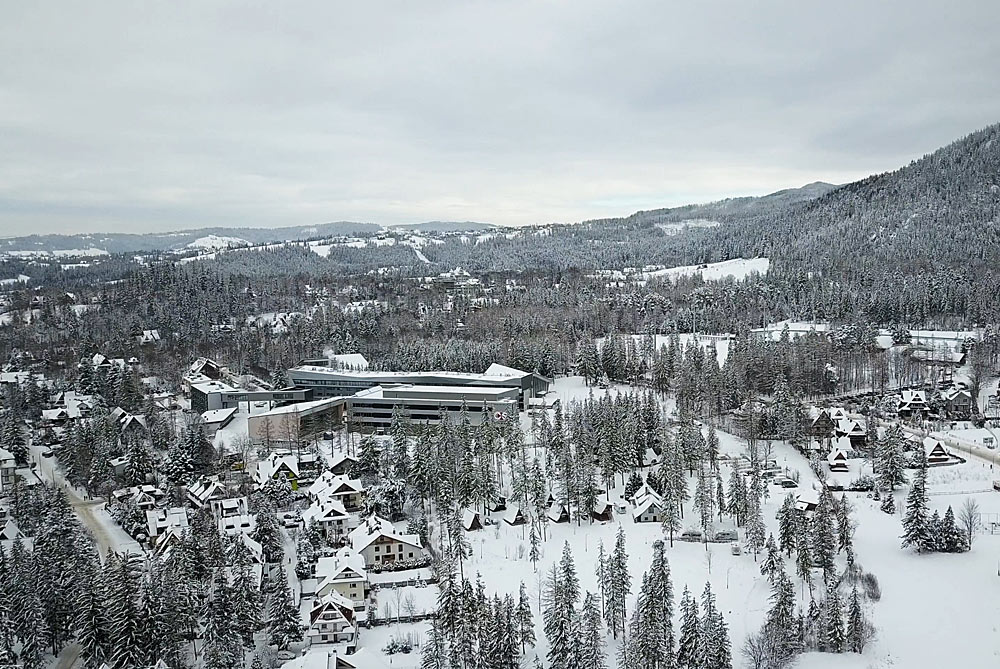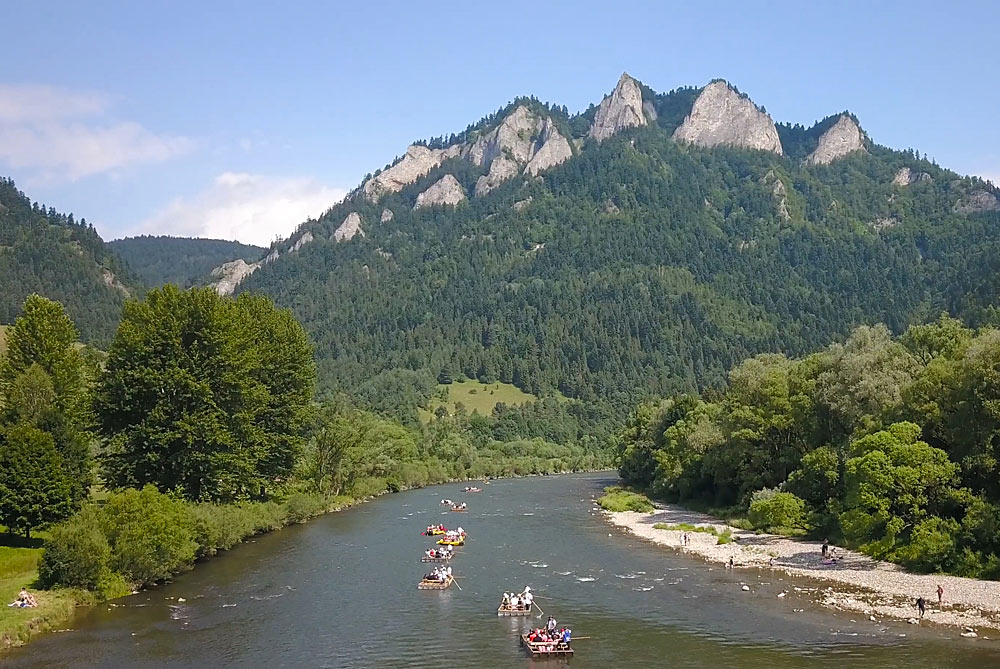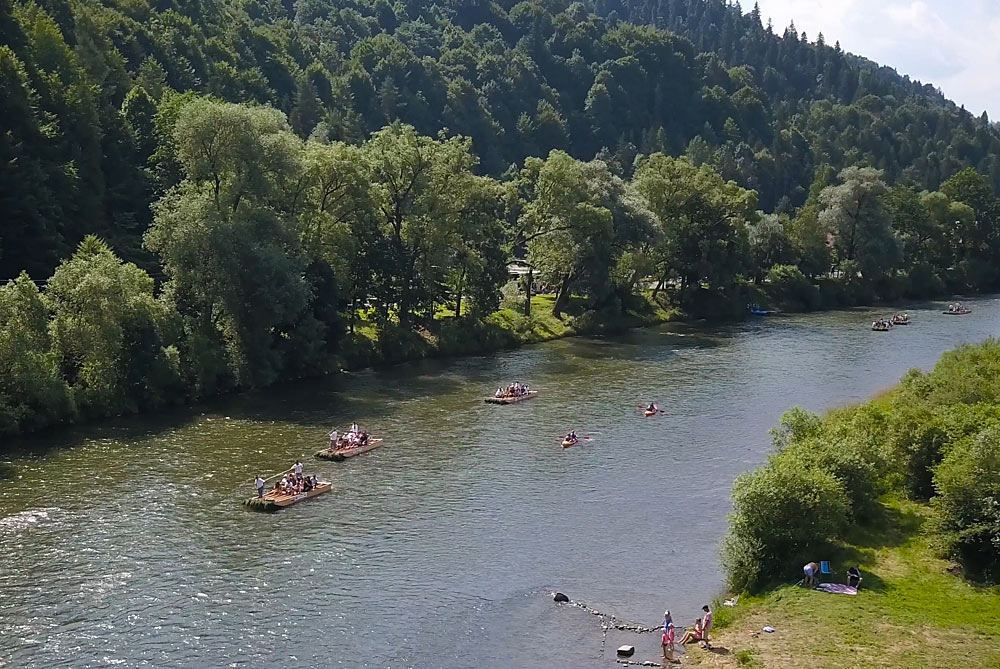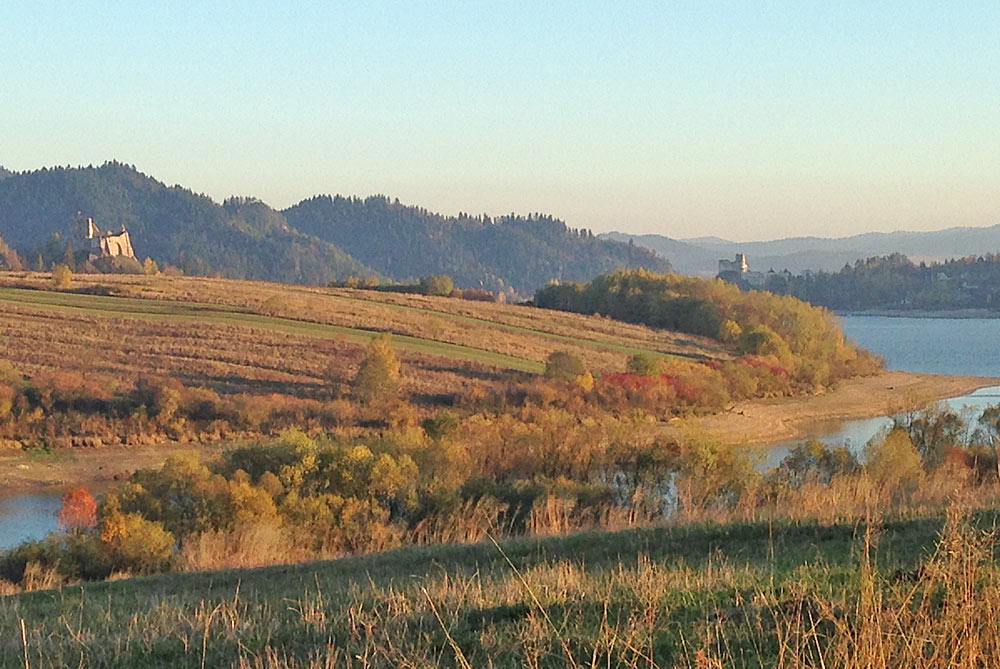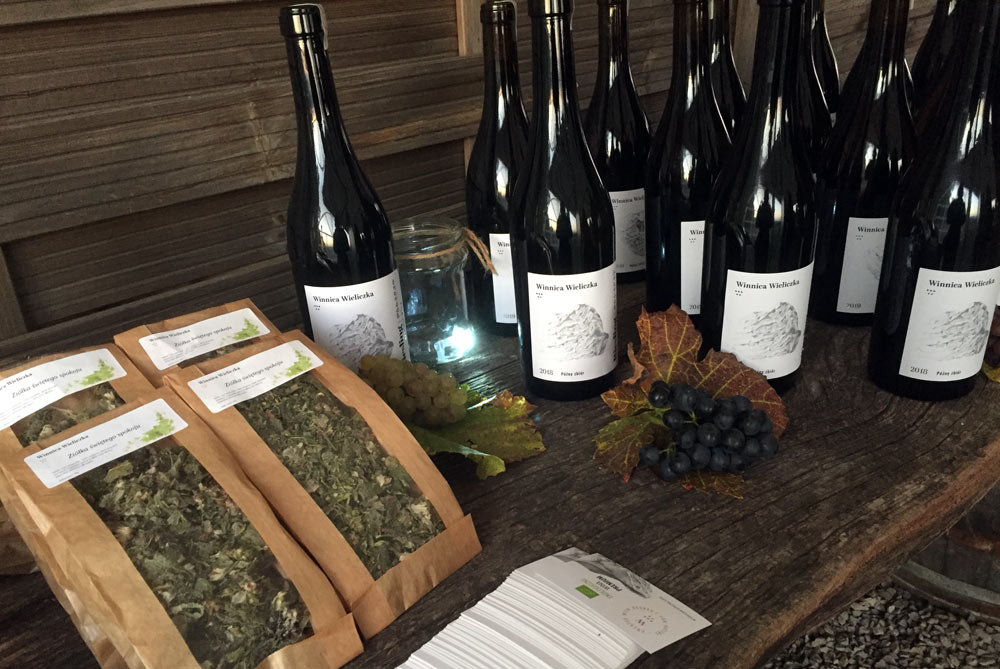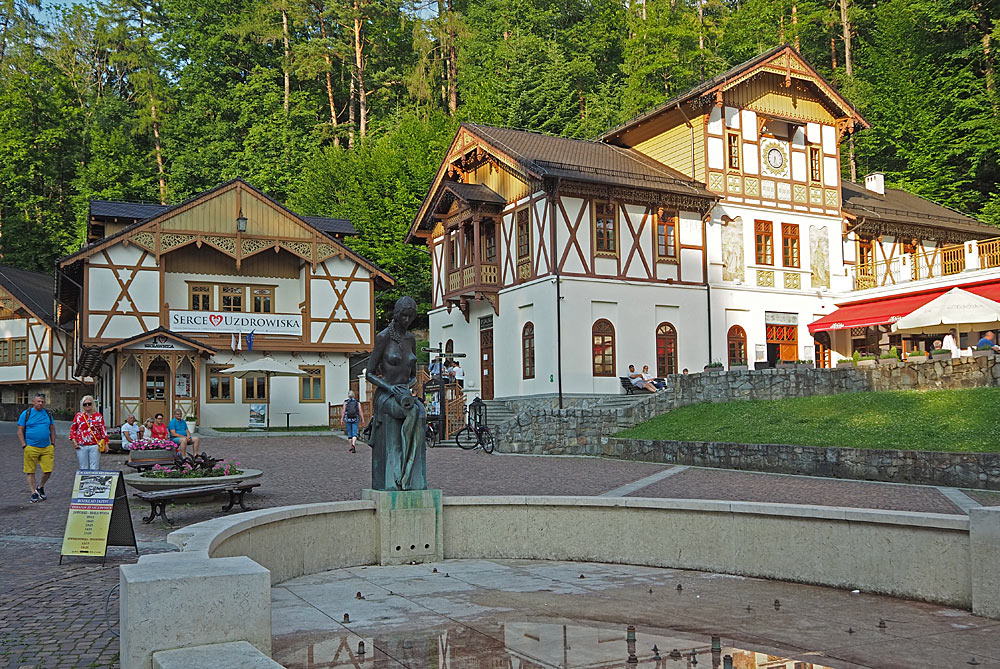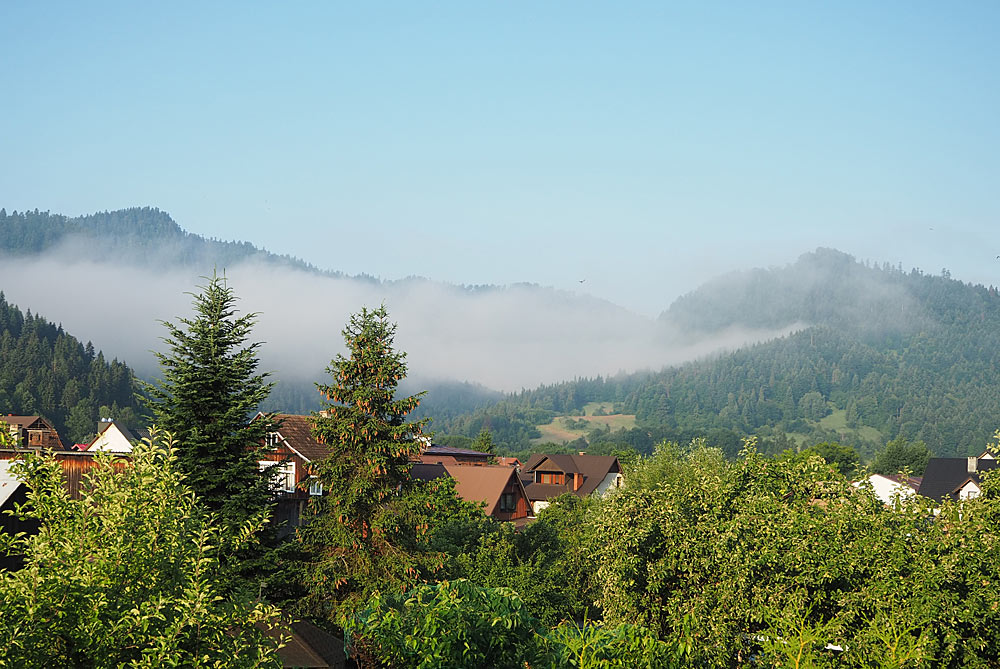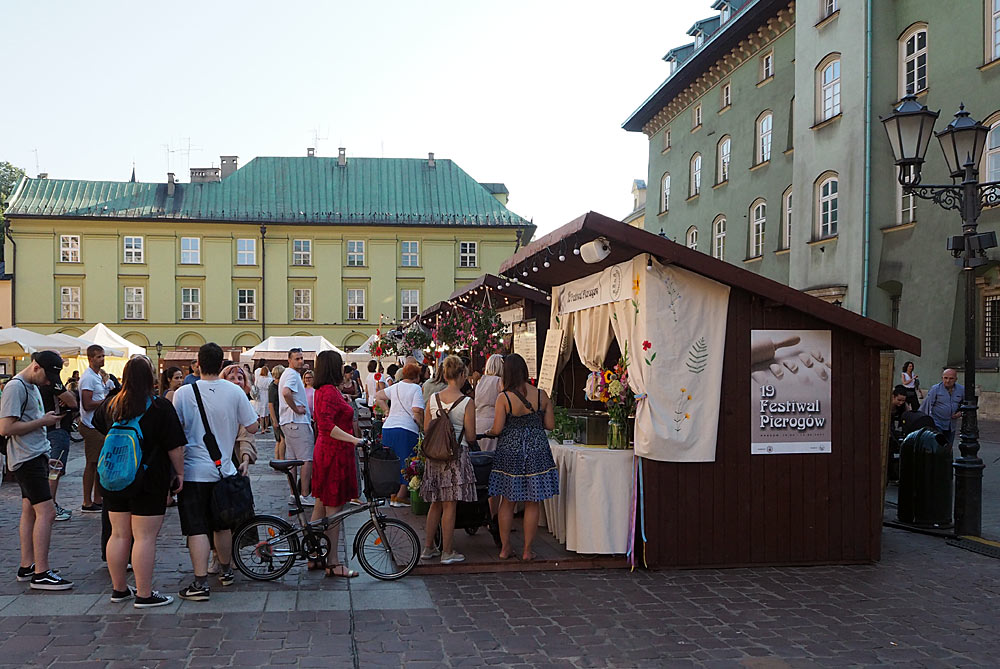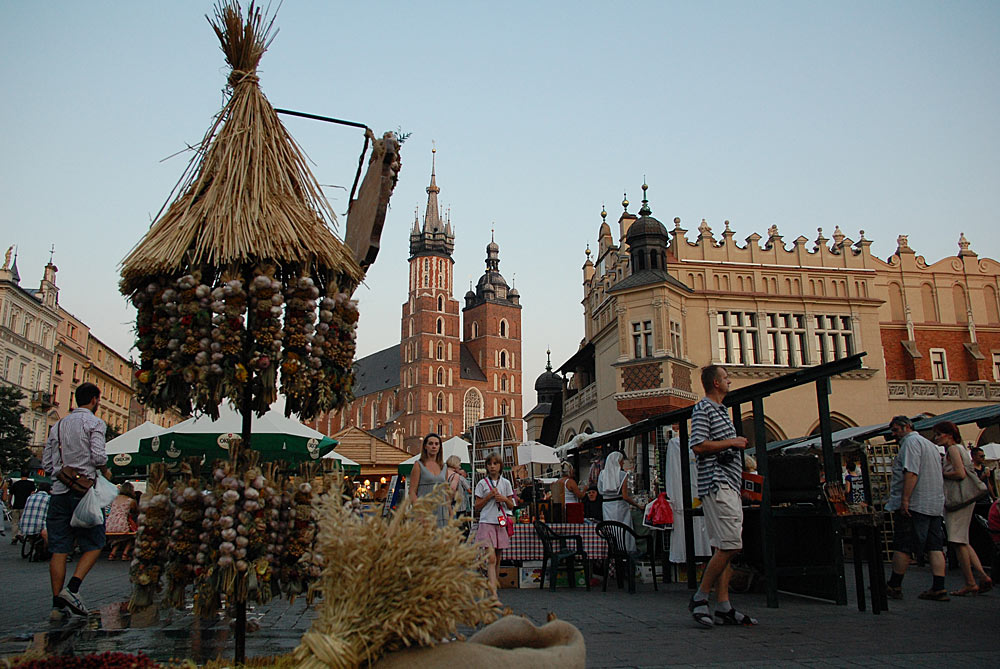The Małopolska Region (Lesser Poland Voivodeship) – a beautiful and rich land with inexhaustible resources of tourist attractions, natural treasures, rich traditions and extraordinary stories.
This is where important European trade routes have crossed since the earliest times and the history of extraordinary people was born. Numerous landscape parks and reserves, including high mountains, river valleys, plains and foothills, make up the most attractive tourist area in Poland. Monuments: churches, castles, palaces and museums form unusual tourist routes full of secrets, legends and historical events with rich folklore and regional culture.
Małopolska is a wealth of impressions and places to rest. It is relaxation and adventure. Knowledge and magic. Nature and technology. Mountains and lakes. Historic cities and contemporary urban planning. In a nutshell, there is something for everyone.


